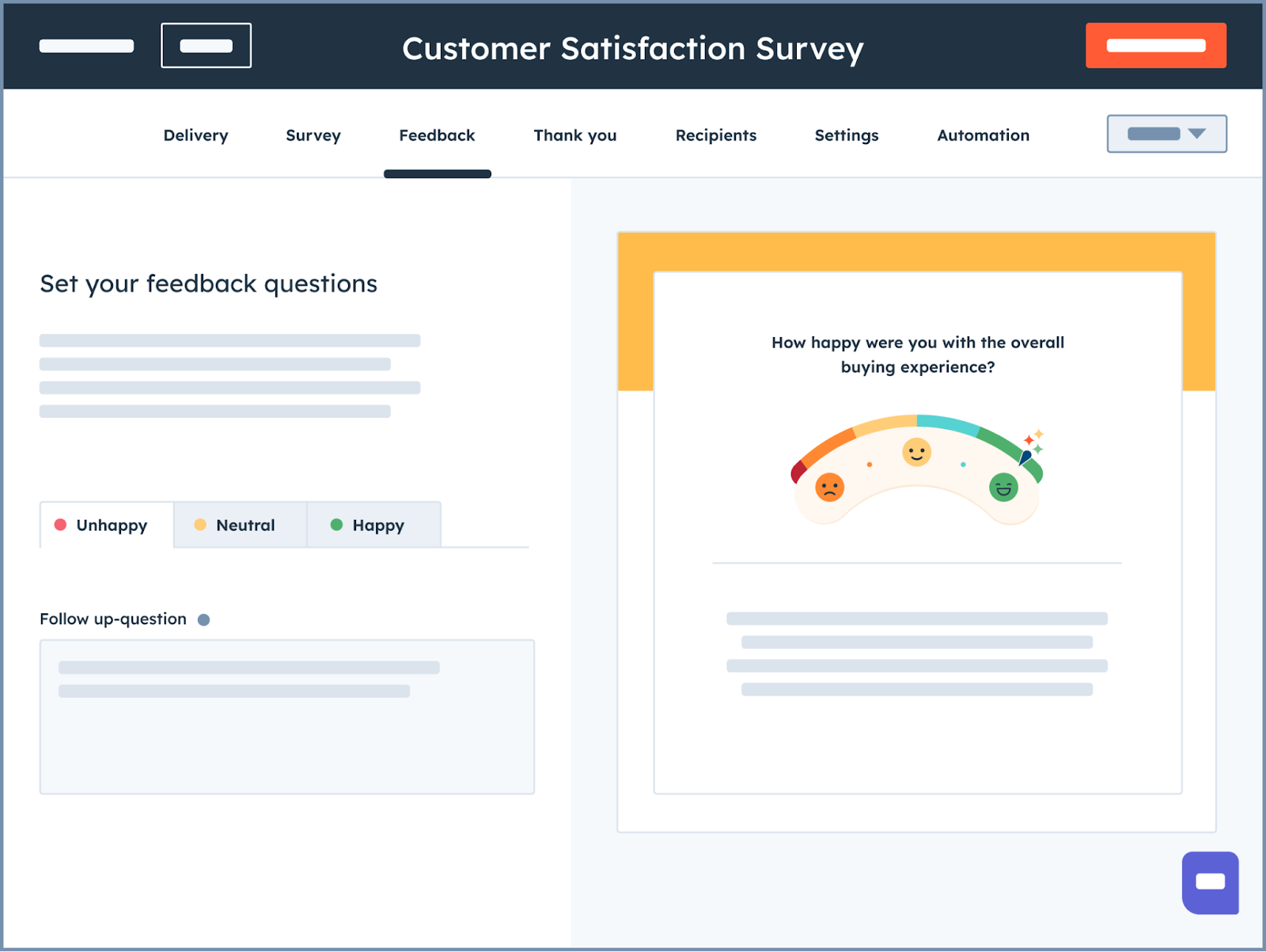Friday, February 7, 2025
Customer Survey Case Study: Evolution of Dynamic Feedback Loops

The Shift from Passive Surveys to Active Systems
Static surveys are becoming obsolete because they fail to address issues in real time. Imagine a customer frustrated by cold fries filling out a survey, only to receive a generic thank-you email days later. By then, the damage is done: the customer has already shared their negative experience online. This disconnect explains why 68% of consumers abandon surveys mid-process — they see no tangible impact from their feedback.
The solution lies in systems that act rather than just collect. For example, McDonald’s now uses IoT sensors in drive-thrus to detect vocal frustration (like mentions of “wait time”) and syncs this data with mobile app polls. When a customer complains about slow service, the system alerts kitchen staff to prioritize fresh orders and sends an instant discount coupon. Result? Complaints resolved in under 4 hours, a drastic improvement from the previous 48-hour response time. This is the essence of proactive experience engineering.

What Defines a Dynamic Feedback Loop?
A dynamic feedback loop is a self-adjusting system that turns data into immediate action. Traditional surveys are like manual thermostats: you adjust settings, wait, and react. Dynamic systems, however, operate like smart climate control—continuously sensing and adapting.
Kroger’s grocery delivery overhaul illustrates this perfectly. In 2023, 27% of online orders arrived late or with substitutions. Their old survey process generated data but no solutions. The fix? An AI system that analyzes delivery truck routes, warehouse stock levels, and traffic patterns in real time. Now, when delays are predicted, the system automatically suggests alternative products (based on purchase history) and reschedules deliveries. Outcome: 33% fewer order errors in six months.
Building Blocks of Modern Feedback Systems
Every dynamic system relies on three core components:
-
Real-Time Data Collection
-
McDonald’s monitors drive-thru audio for frustration keywords like “cold” or “wait.”
-
Rio’s transit authority combines Uber data with weather forecasts to predict bus demand.
-
-
AI-Driven Analysis
-
CVS uses consent-based facial recognition at prescription pickups to gauge customer stress.
-
Home Depot’s AI predicts shipment damage risks by analyzing delivery routes and product fragility.
-
-
Automated Action Triggers
-
Walgreens restocks flu medicine when regional survey data shows symptom spikes.
-
Kroger reroutes delivery trucks mid-journey based on real-time traffic updates.
-

Balancing Automation with Ethics
Automation must respect customer boundaries. CVS learned this the hard way in 2024 when it tested facial recognition to detect store dissatisfaction. 41% of customers opted out, forcing CVS to scrap the project. In contrast, Walgreens succeeded by offering $5 vaccine coupons for voluntary mood scans at kiosks. The takeaway? Dynamic systems need ethical safeguards—human oversight to prevent AI overreach.
How to Implement Dynamic Feedback Systems
-
Identify Critical Pain PointsStart by pinpointing issues that erode trust. For McDonald’s, it was cold food; for Home Depot, damaged shipments. Analyze your complaint logs to find your version.
-
Develop a Phased Implementation Plan
-
Stage 1: Connect one feedback channel (e.g., SMS surveys) to a simple action (e.g., instant discounts).
-
Stage 2: Integrate AI to predict issues (e.g., Kroger’s substitution forecasts).
-
Stage 3: Enable full automation (e.g., Rio’s weather-triggered bus rerouting).
-
-
Track Meaningful MetricsMeasure how often feedback directly leads to changes. Kroger achieved a 58% feedback-to-action rate in 2024—meaning most customer input drove real-time adjustments.
The Next Frontier: Predictive Personalization
Future systems will anticipate needs before customers speak up. Imagine Home Depot automatically including extra drill batteries if a review mentions “frequent charging issues,” or Walgreens texting allergy alerts during pollen season. This level of hyper-personalization is achievable through context-aware feedback loops.
As Rio’s transit director noted: “Surveys used to tell us yesterday’s problems. Now, they guide tomorrow’s solutions.”
Related articles



